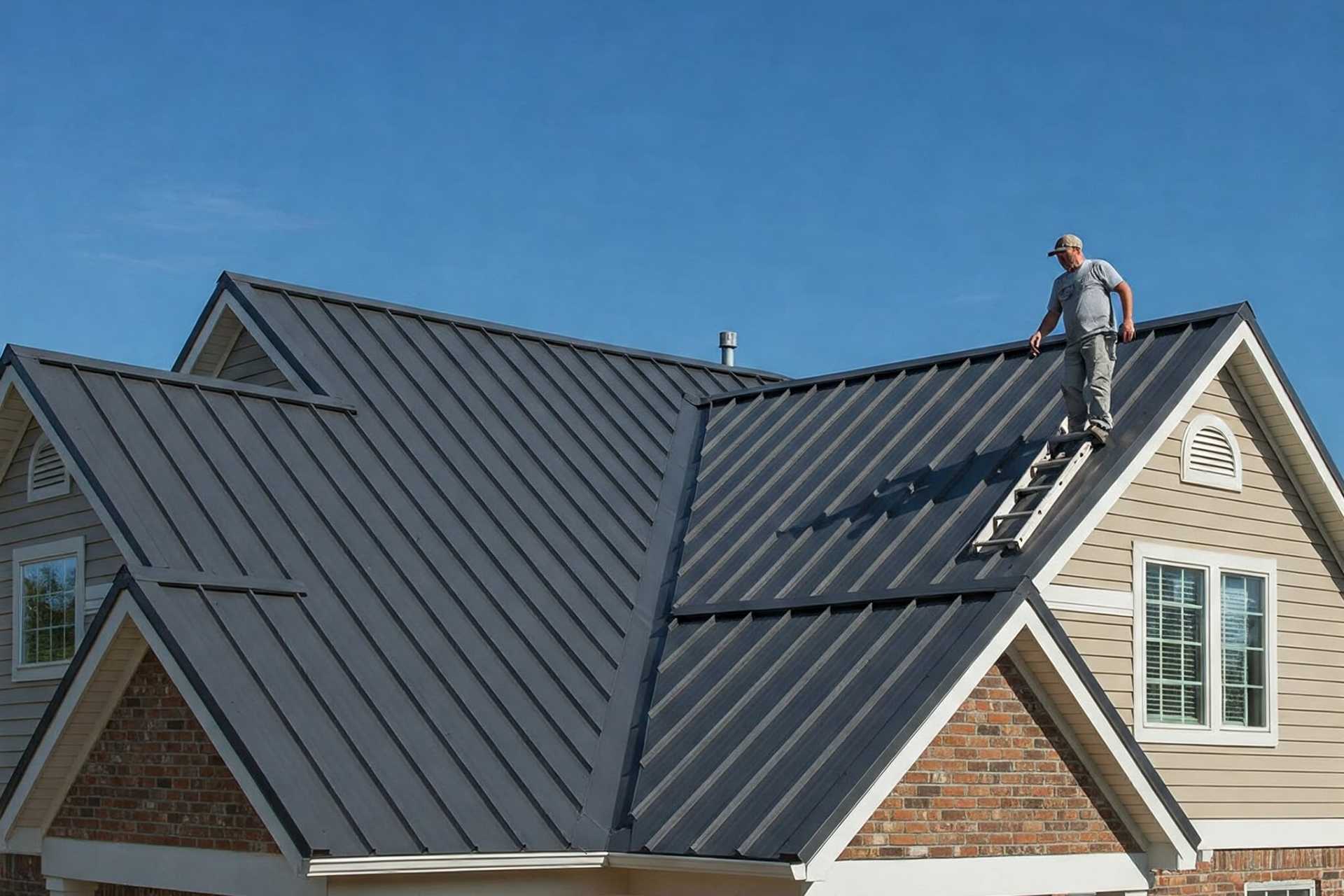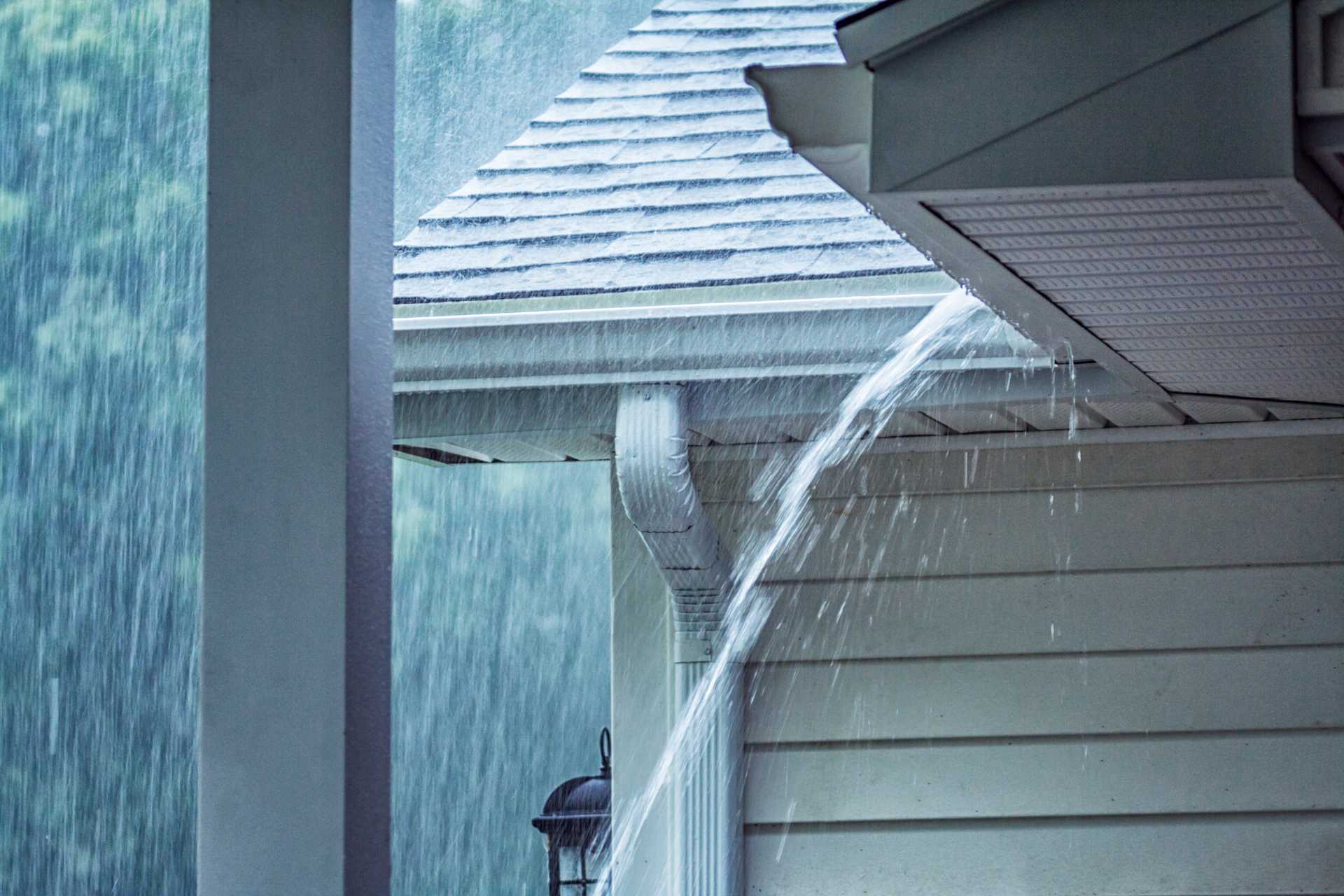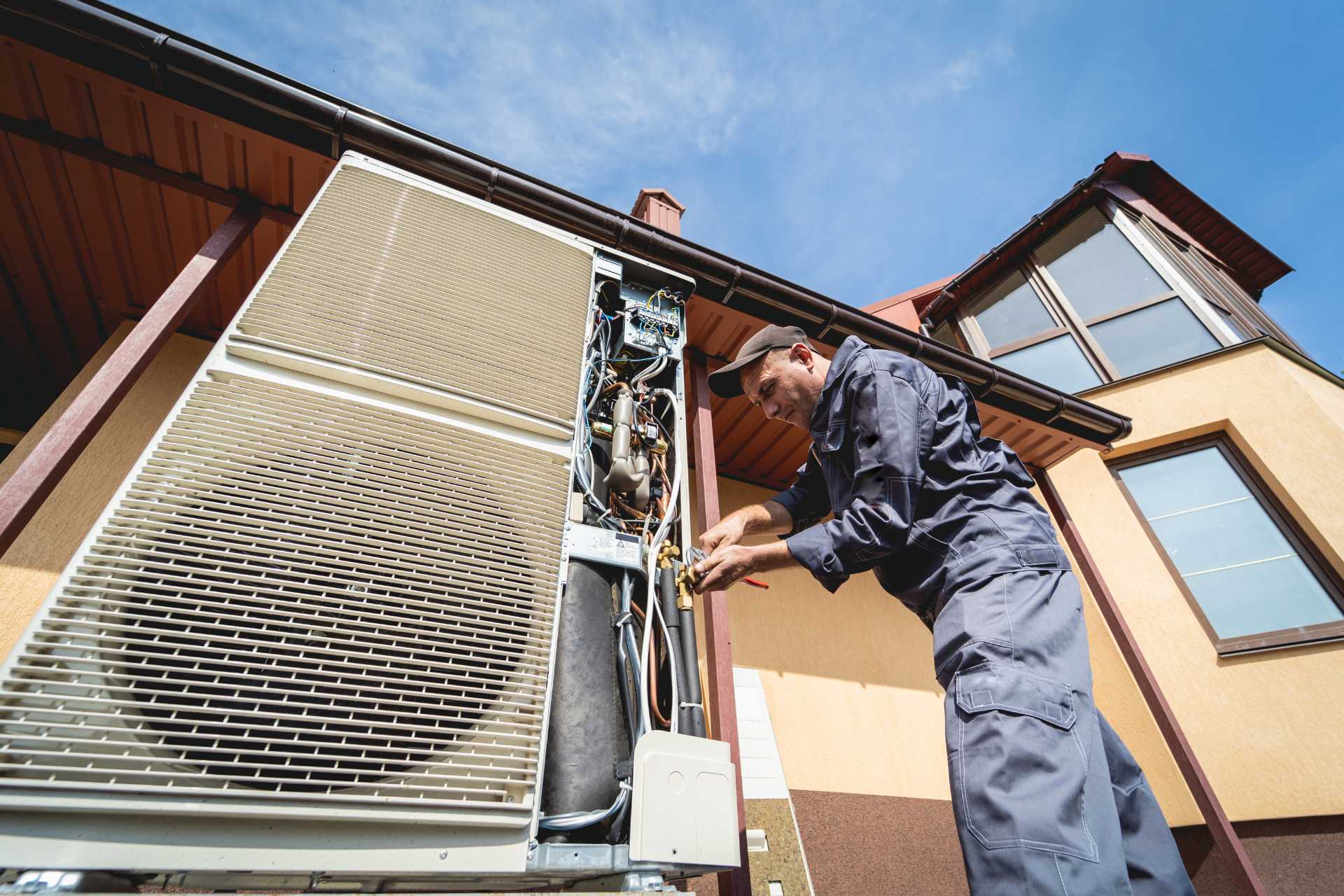When homeowners find a foundation crack, they assume the problem starts at ground level. The surprising truth is the real culprit is often the roof. A home is an interconnected system. Water is the foundation’s primary enemy, and the roof is its main shield. Powerful renovations like basement underpinning add incredible value and living space. However, their success depends on a solid, dry foundation. Before planning such a significant upgrade, it is crucial to consult a professional roofing company. They can address the root cause of most foundation moisture. This guide explains how a compromised roof leads to saturated soil. This moisture then causes foundation movement, foundation cracks, and long-term structural damage.
- The Role of the Roof: A Home’s Giant Umbrella
- The Chain Reaction of Failure: How a Bad Roof Saturates the Soil
- Soil, Water, and Your Foundation: The Science of Cracking
- Beyond Cracks: Other Water-Related Foundation Issues
- The Proactive Solution: A Top-Down Maintenance Approach
- To Fix Your Foundation, Look Up
The Role of the Roof: A Home’s Giant Umbrella
A roof’s primary job is not just to keep the attic dry, but to collect and control the massive volume of water from rainfall and snowmelt. During a heavy downpour, hundreds or even thousands of litres of water can land on a roof’s surface. The entire system, from the shingles or metal panels to the gutters and downspouts, is designed to act as a giant umbrella and plumbing network. Its purpose is to safely capture, channel, and discharge all that water away from the home’s perimeter and, most importantly, away from its foundation.
When this system functions correctly, the soil around the foundation remains relatively stable in its moisture content. The gutters catch the water from the roof’s edge, and the downspouts carry it a safe distance away from the house. This controlled management of water is the single most important factor in preventing the oversaturation of the soil that puts a foundation at risk. A well-maintained roof and drainage system is the first and most critical line of defence in protecting the home’s structural base from the powerful forces of water.
The Chain Reaction of Failure: How a Bad Roof Saturates the Soil
The most common roof failures that lead to foundation problems are often simple and preventable. Clogged gutters are the primary culprit. When eavestroughs become filled with leaves, twigs, and other debris, they cannot drain. During a rainstorm or a spring thaw in Canada, this causes water to pour over the sides of the gutter, dumping torrents of concentrated water directly onto the soil right next to the foundation. This is precisely where that water should not go. A single clogged gutter can create a zone of super-saturation that is highly damaging.
Other roof issues contribute to this problem as well. Missing or damaged shingles, or failing flashing around chimneys and vents, can allow water to run down exterior walls, concentrating moisture at the base of the home. The main consequence of a failing roof system is the creation of a consistently water-logged zone of soil around the home’s foundation. This sets the stage for a slow but powerful process of destruction that begins to exert immense pressure on the concrete walls below, a process that is invisible until the damage starts to show.
Soil, Water, and Your Foundation: The Science of Cracking
The soil around a foundation acts like a sponge. In the Canadian climate, this sponge goes through dramatic changes. When it becomes saturated from uncontrolled roof runoff, the soil, particularly clay-based soil, expands and swells with significant force. During drier periods in the summer or during a deep freeze in the winter, this same soil dries out and shrinks. This constant cycle of expansion and contraction exerts immense, uneven pressure on the concrete foundation walls. This force is known as “hydrostatic pressure,” and it is powerful enough to cause concrete to crack over time.
This relentless pressure cycle is what causes most non-structural foundation cracks to form and worsen. The foundation is literally being pushed, pulled, and stressed by the movement of the water-logged soil around it. A properly functioning roof and gutter system keeps the soil moisture levels relatively stable, minimizing this expansion and contraction. A faulty roof, however, feeds this damaging cycle, ensuring the soil “sponge” is repeatedly saturated, maximizing the pressure it exerts on the foundation walls and guaranteeing that small cracks will eventually become larger problems.
Beyond Cracks: Other Water-Related Foundation Issues
Damage from oversaturated soil extends beyond simple cracking. A persistent gutter overflow can make one area of the foundation consistently wetter than others. The soil beneath the foundation footing in that area can then erode or become soft. This can cause that part of the house to settle or sink. This serious issue is known as differential settlement. The signs of this inside the home include sloped floors. Doors and windows may stick or not close properly. Diagonal cracks might also appear in drywall, often radiating from the corners of window and door frames.
Besides settlement, the immense lateral pressure from saturated soil can cause other issues. It can make basement or foundation walls bow inwards over time. This is a significant structural problem that requires expensive repairs. Furthermore, a wet foundation inevitably leads to a damp basement or crawlspace. This creates the perfect breeding ground for mould and mildew. This can damage stored belongings and ruin finished basement materials. It also has a serious negative impact on the home’s indoor air quality and the respiratory health of its occupants. All of these serious issues can often be traced back to a simple failure to control water at the roofline.
The Proactive Solution: A Top-Down Maintenance Approach
Protecting a home’s foundation starts at the peak of its roof. The single most important preventative maintenance task a homeowner can perform is regular, thorough gutter and downspout cleaning. This should be done at least once a year in the late fall after the leaves have dropped, and again in the spring to clear any debris that has accumulated over the winter. A yearly visual inspection of the roof surface to check for damaged shingles, failing flashing, or other potential leak points is also highly recommended. These simple acts are the cornerstone of maintaining your roof.
Proper water discharge is also critical. Downspouts should release water at least 1.5 to 2 metres away from the foundation. If they do not, inexpensive plastic or metal extensions should be added to carry the water a safe distance away. Finally, the ground around the foundation should be graded with a gentle slope away from the house to help with drainage. These steps are all part of preparing your roof for extreme weather and are simple, cost-effective ways to prolong your roof’s lifespan while protecting the entire home investment.
To Fix Your Foundation, Look Up
The chain reaction is clear. A neglected roof leads to saturated soil. This soil saturation creates pressure and movement. Ultimately, this process leads to foundation cracks and other structural issues. Homeowners concerned about their foundation’s health should make their roof and gutter system their first and highest priority. It is the most effective and cost-efficient way to prevent the most common cause of foundation damage. A simple inspection of the eavestroughs and downspouts is a direct and powerful action. It protects the entire home from the top down and can potentially save tens of thousands of dollars in future repairs.







